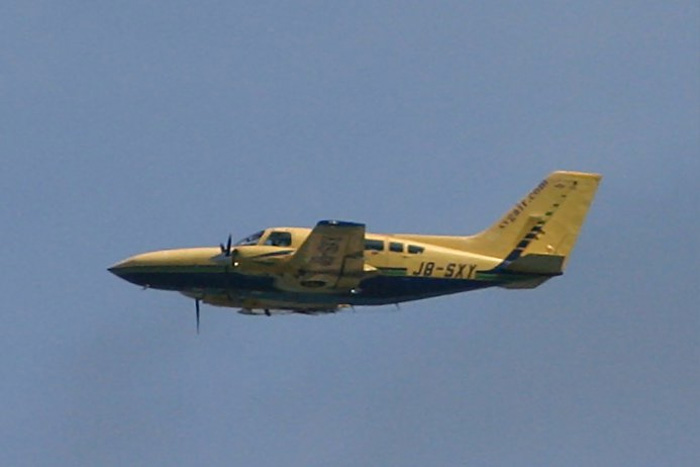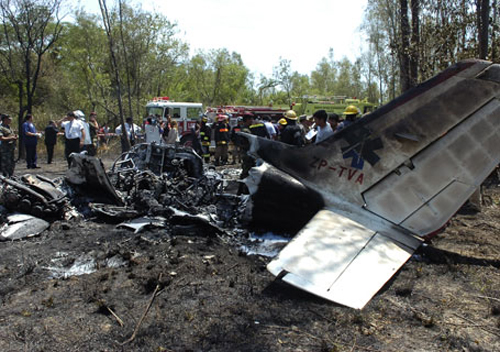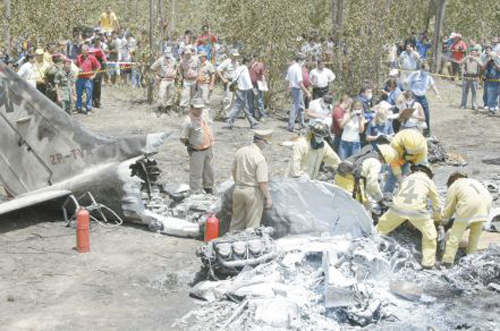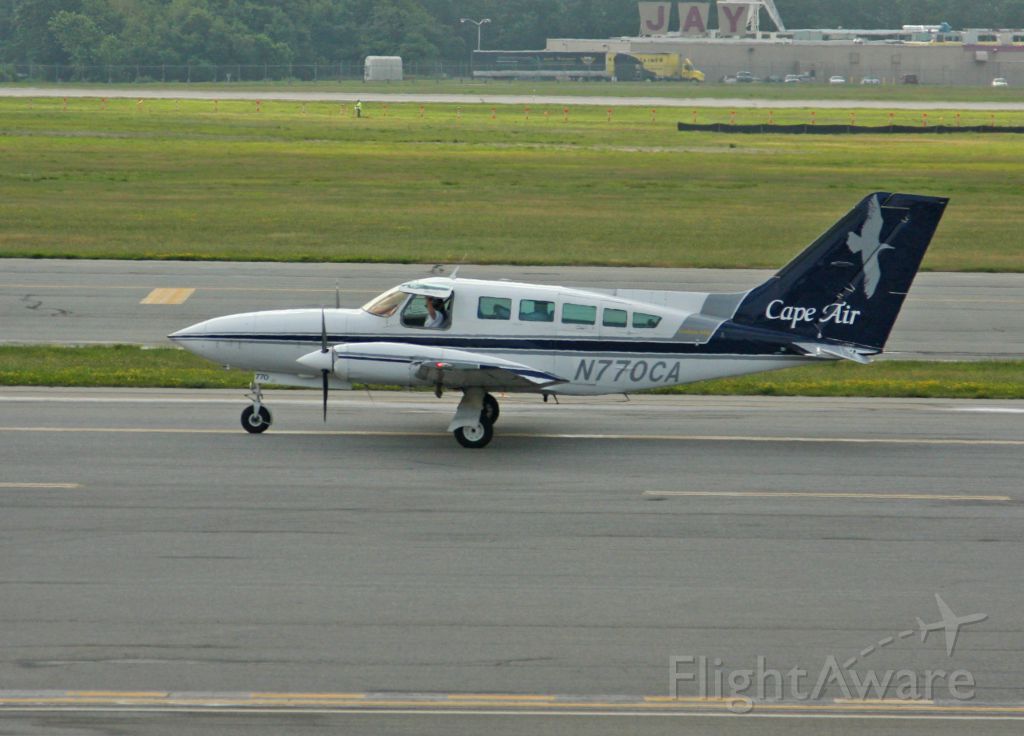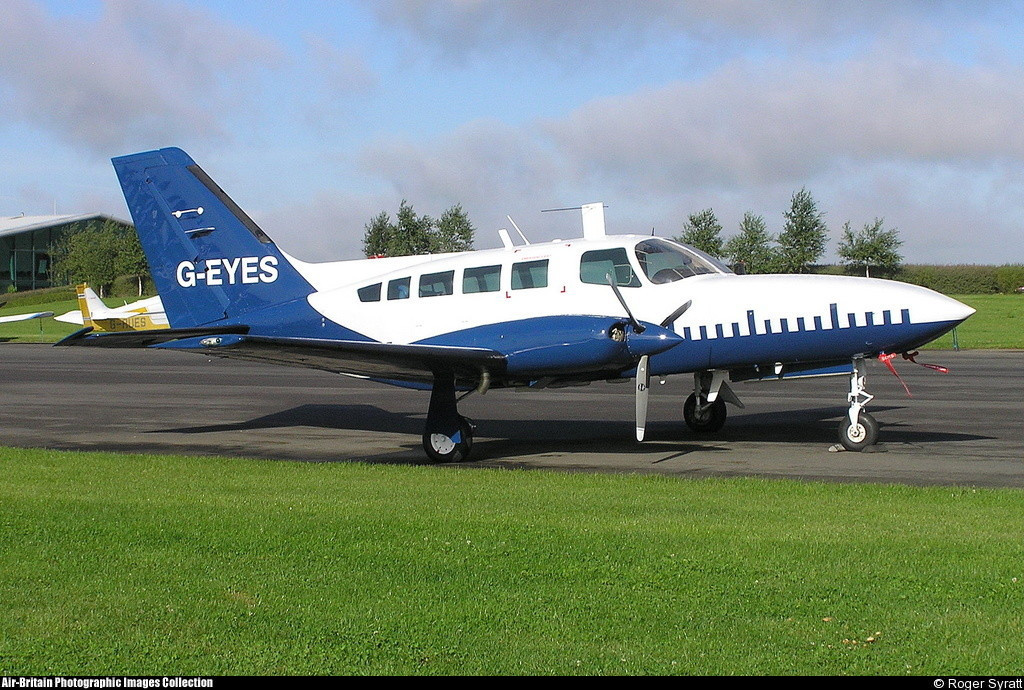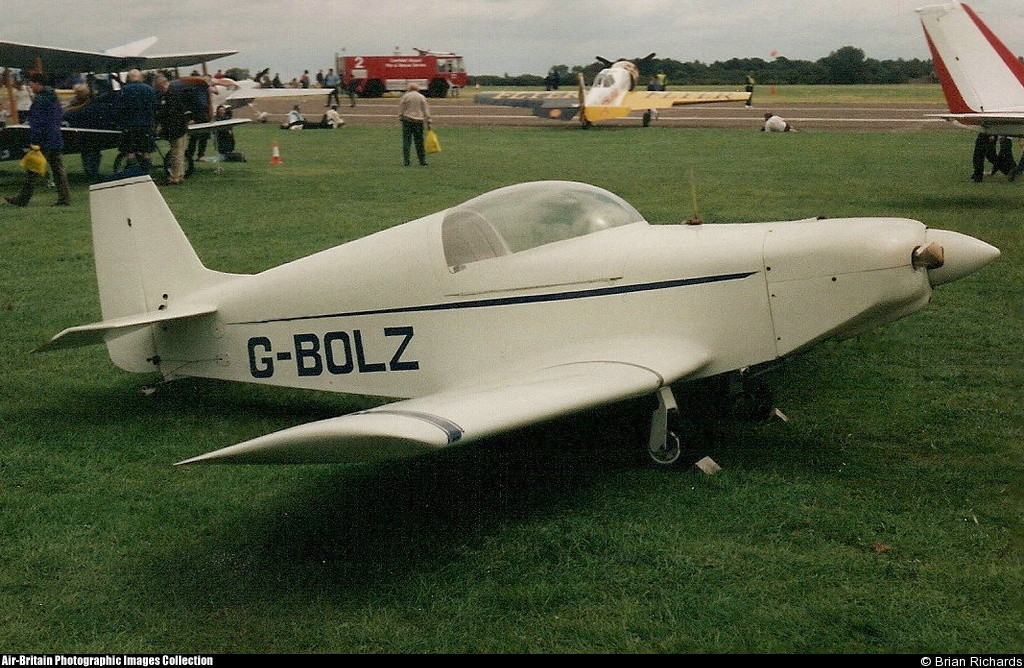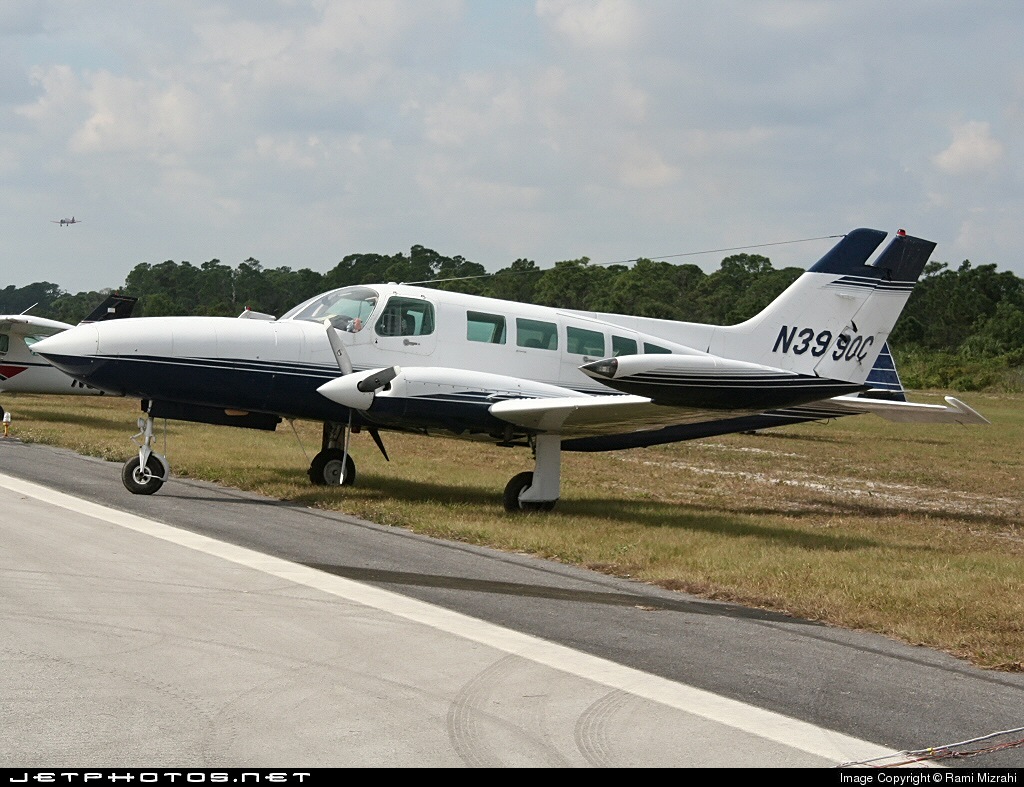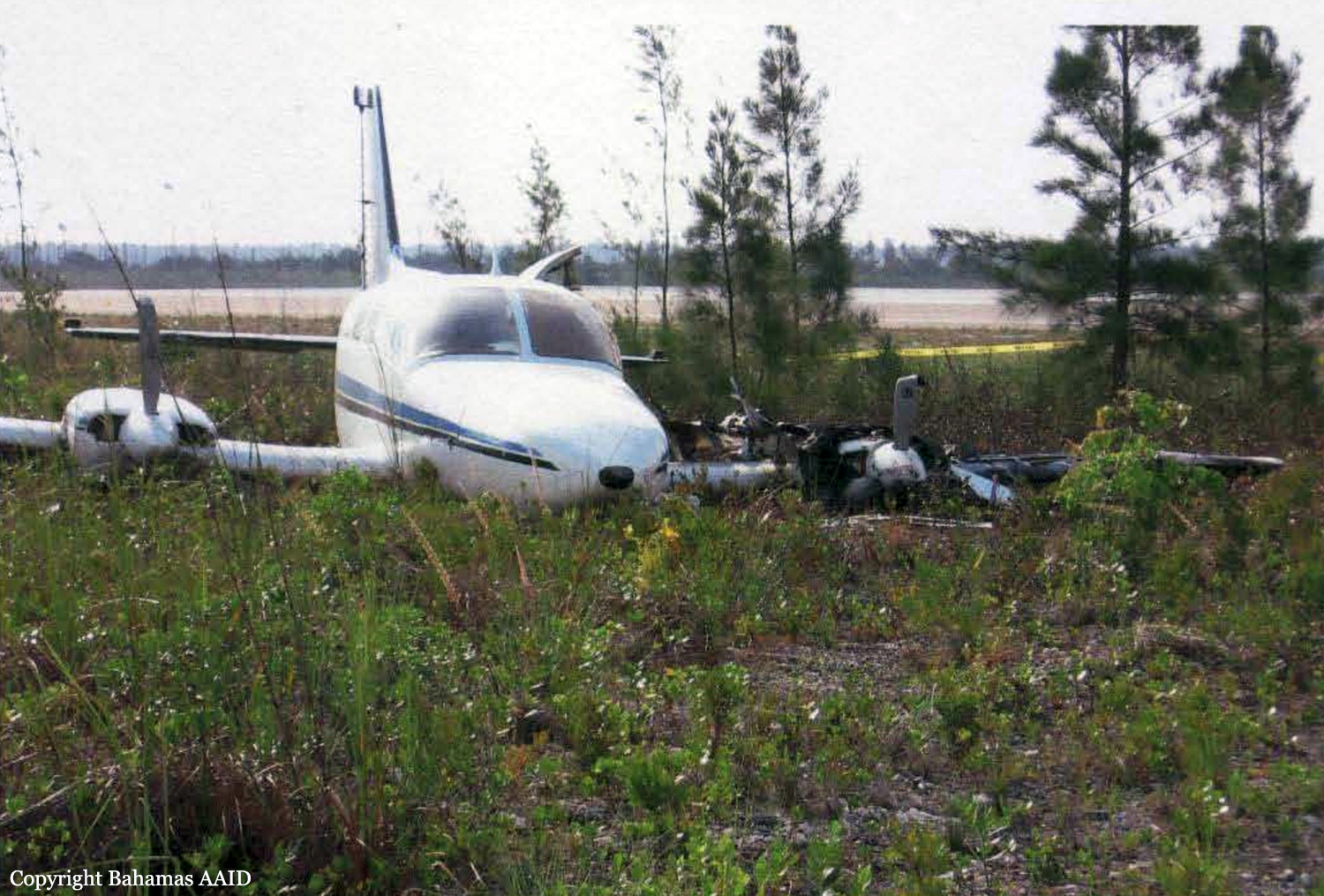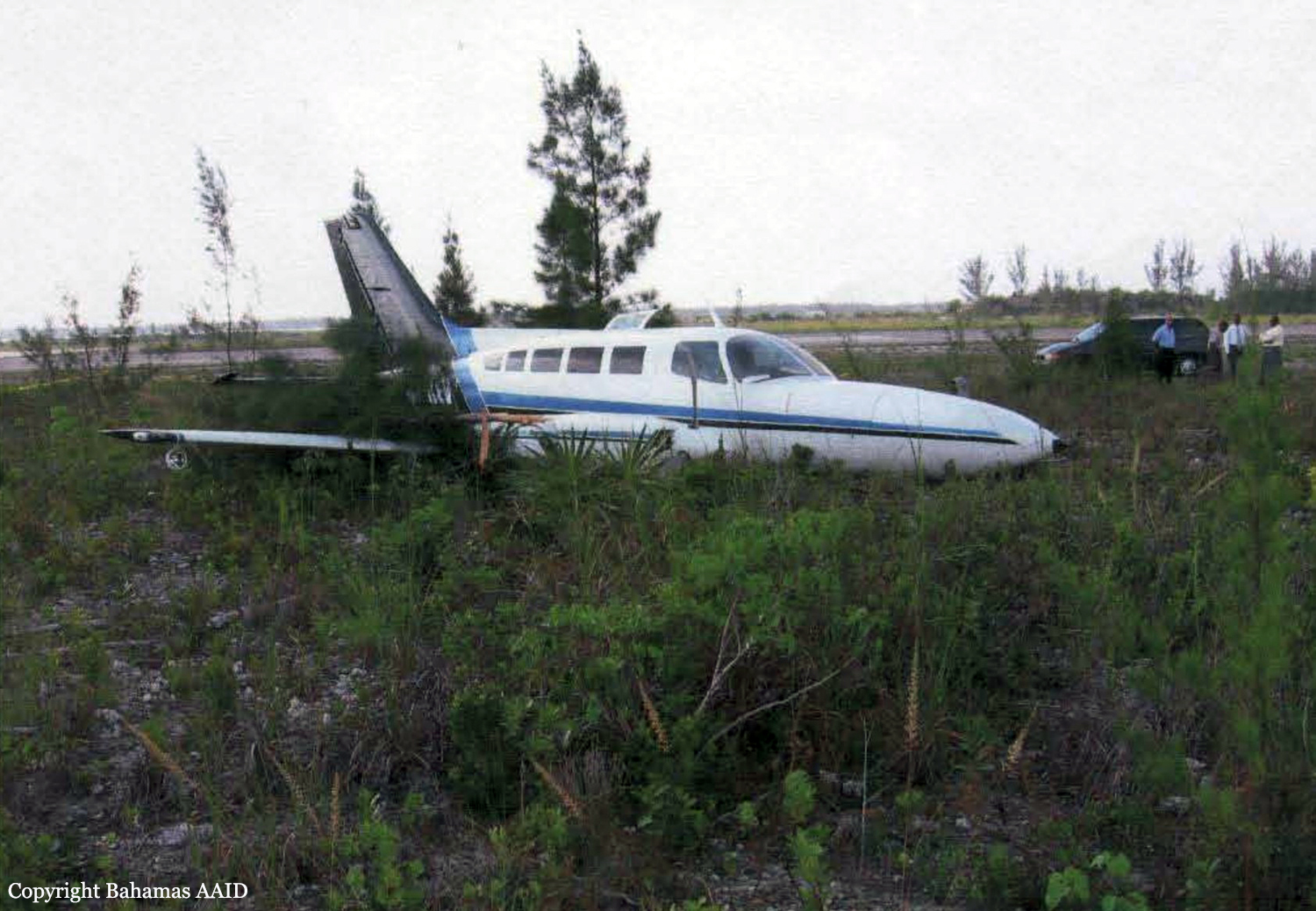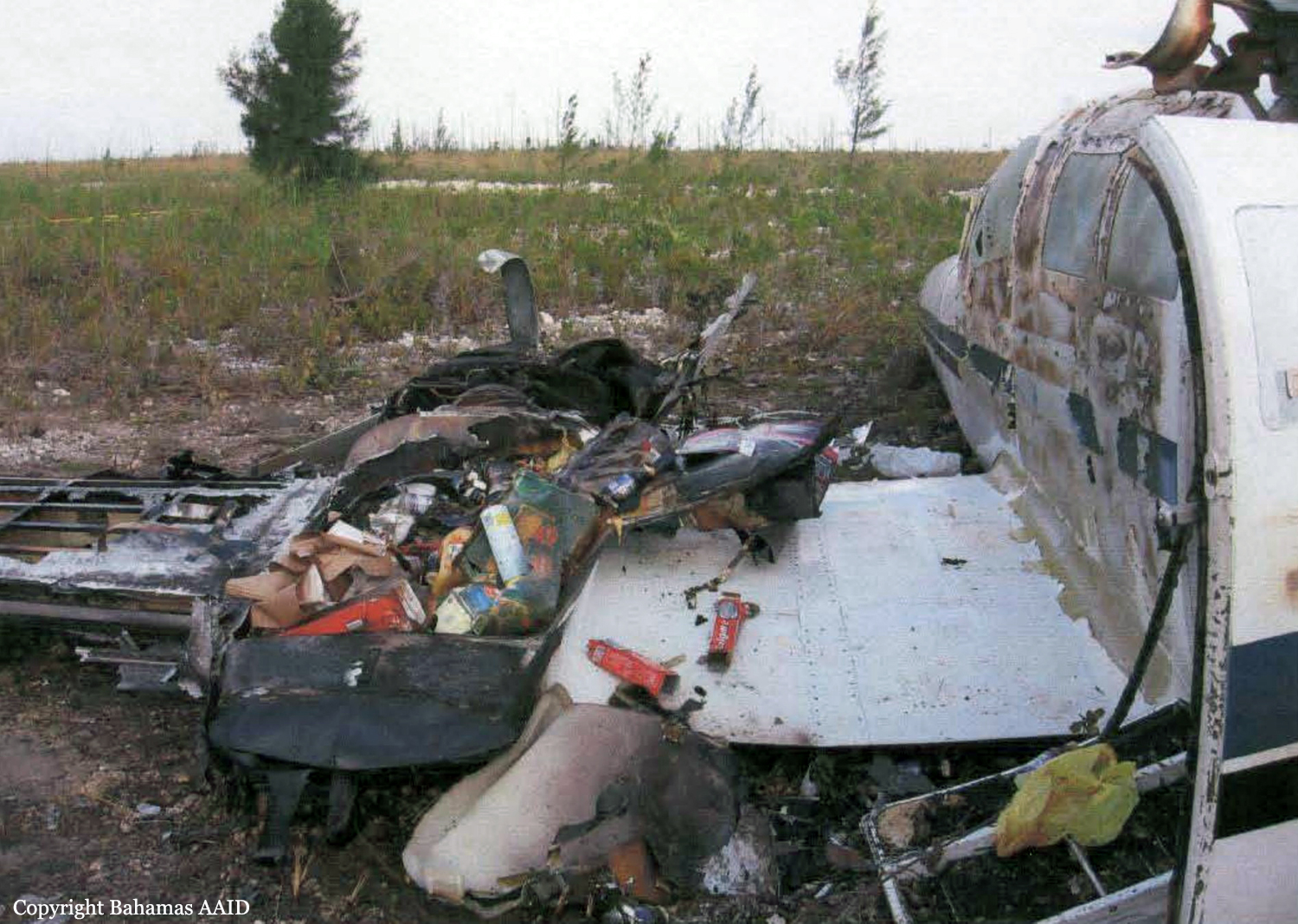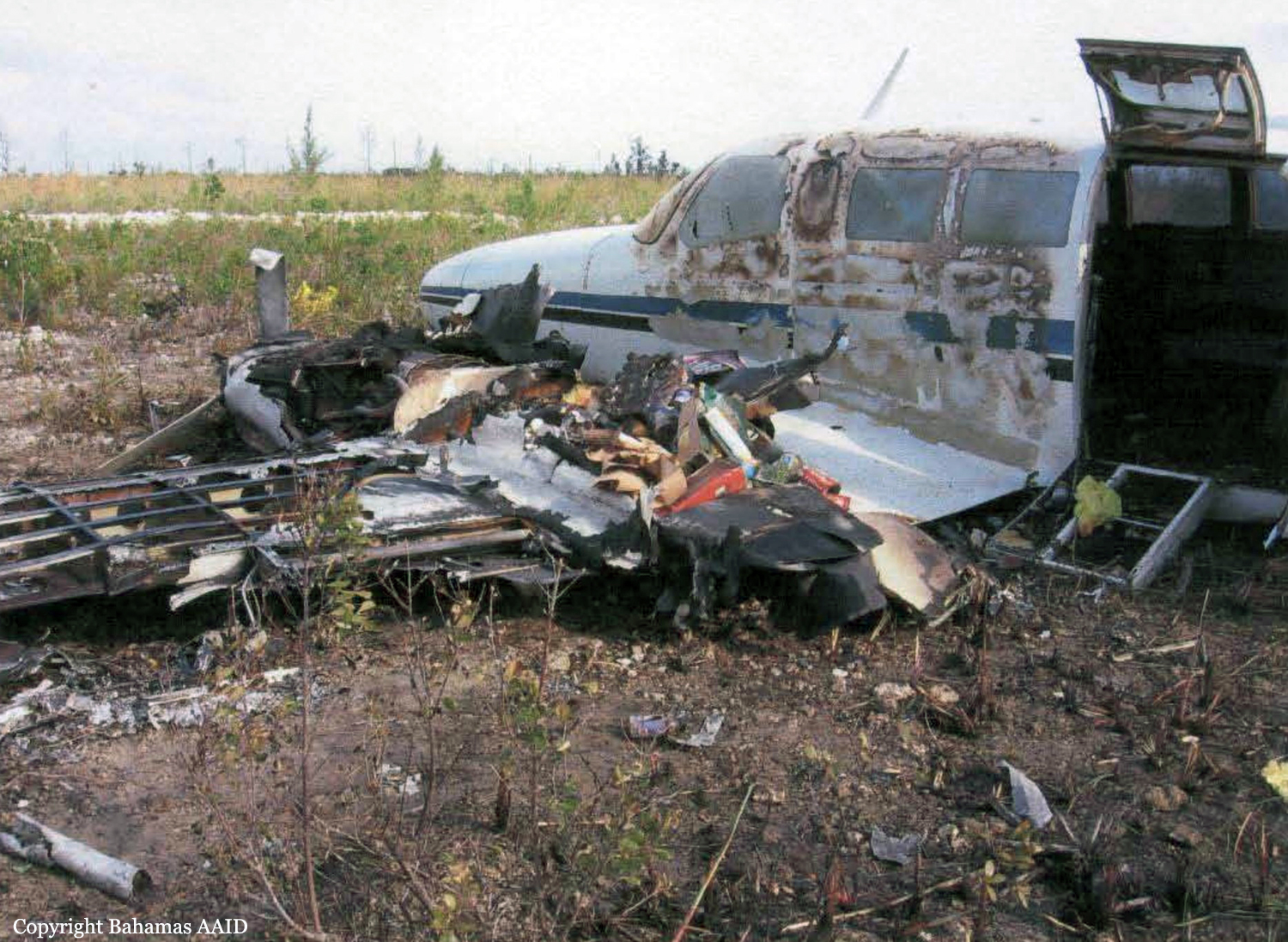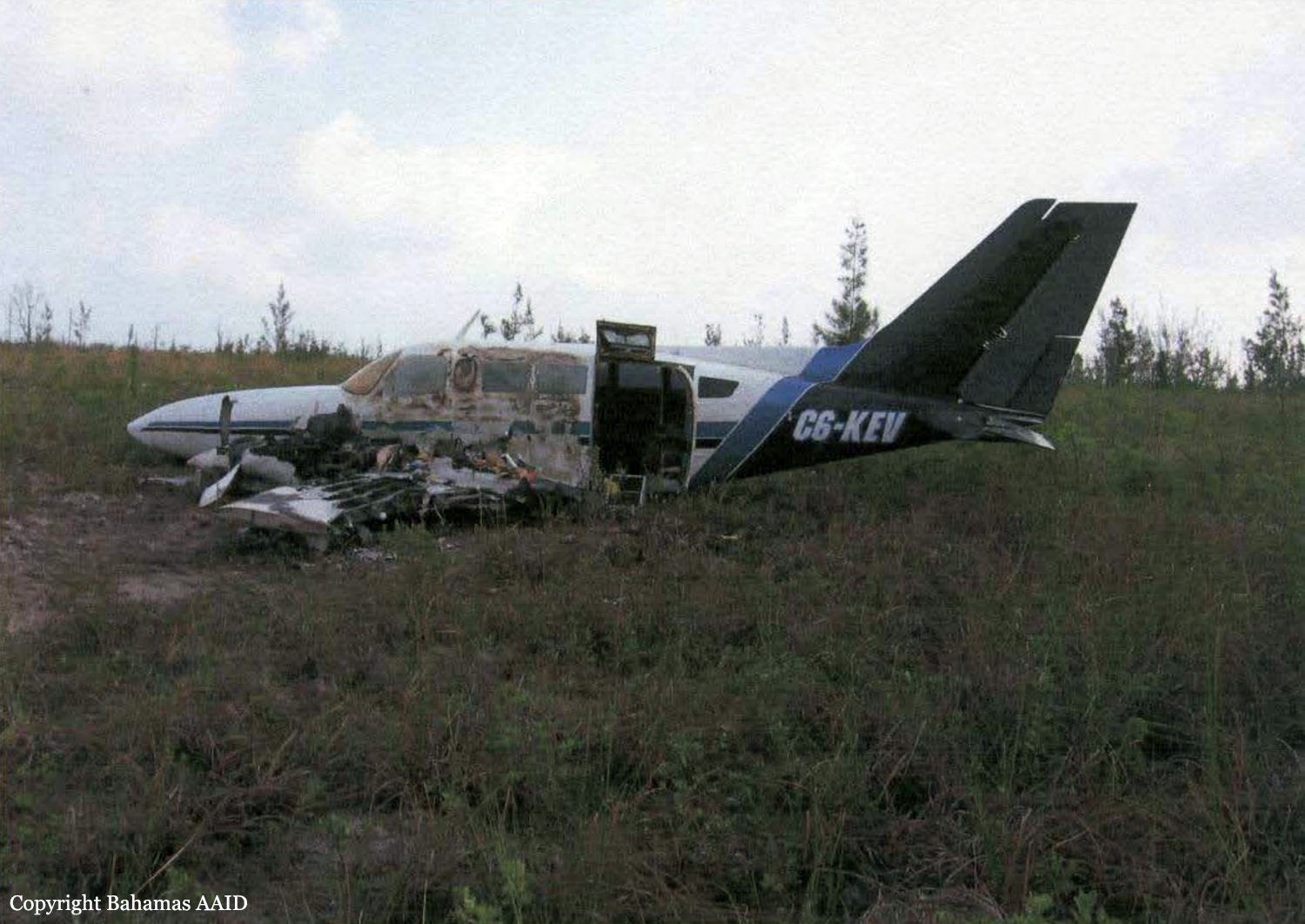Crash of a Cessna 402C off Bequia Island: 1 killed
Date & Time:
Aug 5, 2010 at 2216 LT
Registration:
J8-SXY
Survivors:
No
Schedule:
Kingstown - Canouan
MSN:
402C-0519
YOM:
1981
Crew on board:
1
Crew fatalities:
Pax on board:
0
Pax fatalities:
Other fatalities:
Total fatalities:
1
Circumstances:
The pilot was performing an ambulance flight from Kingstown-E. T. Joshua Airport to Canouan. En route, while cruising off Bequia Island, the twin engine aircraft entered an uncontrolled descent and crashed in the sea. Some debris were found the following day but no trace of the pilot.
